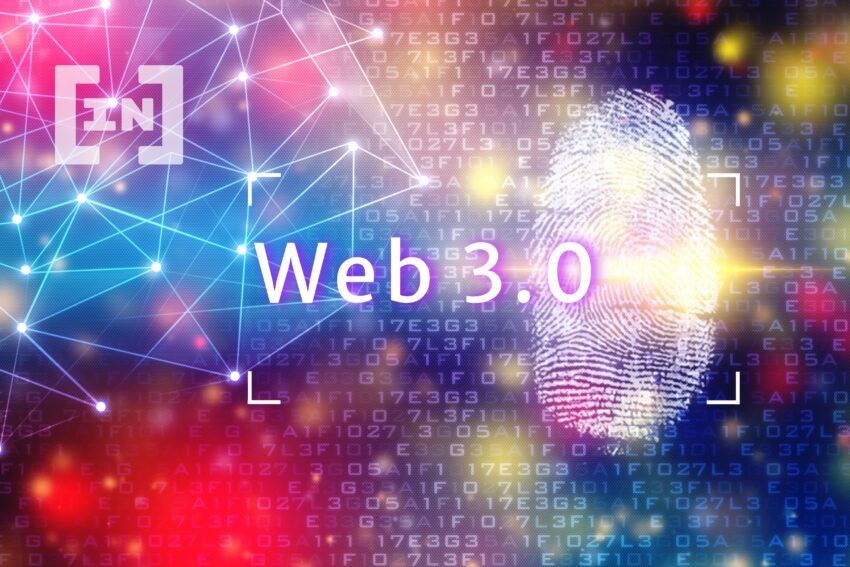Predictions for 2022: The cryptocurrency industry has garnered substantial mainstream attention throughout 2021. These developments pave the way for a brighter future in 2022.
KuCoin Labs recently released a market report. It identifies potential trends and forecasts that may materialize over the coming months.
Infrastructure Bottlenecks Remain An Issue
Even though competition among infrastructure providers heated up significantly in 2021, crucial bottlenecks still need to be resolved. For example, Ethereum (ETH) remains the top blockchain for DApp development yet suffers from network congestion and high transaction fees. Several Layer-2 solutions address this issue, yet it remains challenging for them to gain long-term traction. That applies to most “Ethereum competitors” too, as they are all still in an immature stage today. Addressing these limitations is essential in 2022 and beyond.
Many people expect the launch of Ethereum 2.0 to help alleviate some concerns. Its sharding implementation addresses the network congestion, transaction fees, and low throughput. Unfortunately, that rollout will occur over multiple phases, and it may not reach finalization in 2022. Other networks – Binance Smart Chain, Solana, and Avalanche – will continue to attract users and developers as long as Ethereum remains a bottleneck.
However, it is crucial to note Layer-2 solutions will see a similar path to Ethereum. It is a matter of time until gas prices on these layers start to rise rapidly, making them less favorable solutions to avoid Ethereum’s transaction fees. Unless developers can find innovative solutions, that will also affect any cross-chain bridges utilizing Layer-2 networks.
NFT And Metaverse Efforts In 2022
The role of non-fungible tokens (NFT) in the Metaverse will become more outspoken in 2022 and beyond. The current NFT market is being divided into art, collectibles, and gaming. But new initiatives and vehicles utilizing non-fungible token standards will come to market. In addition, NFTs will aid in various Metaverse activities, including avatars, virtual spaces, economic activities, etc. In essence, the Metaverse may help finalize the application scenarios of NFT development, while non-fungible tokens fuel Metaverse growth.
Speaking of the Metaverse, it mainly revolves around gaming today. However, the technology has tremendous potential to blur the line between real-world and virtual world activities. Projects creating their own, walled-off Metaverse is a necessary first step to reaching that goal. Connecting these virtual worlds will be a big hurdle to overcome, eventually culminating in a multi-Metaverse.
Two other Metaverse trends to look forward to include the role of DeFi and cross-chain bridges. Decentralized finance has proven efficient and stable, making it a strong foundation for economic Metaverse activities. Moreover, DeFi and NFTs form a solid combo and apply to many Metaverse use cases. The Metaverse equals user empowerment. Accommodating more diverse assets, products, and services paves the way for broader financial inclusion.
Developers can make much progress on the cross-chain bridge front for the Metaverse. Current initiatives focus on one blockchain, creating an “ecological island” problem. Moreover, most public chains struggle on the infrastructure front, reducing the appeal of Metaverse projects leveraging their technology. Cross-chain bridges can overcome these challenges and introduce better efficiency for the Metaverse, NFTs, and decentralized finance alike.
Predictions for 2022: Regulatory Trends
Like previous years, regulation of the cryptocurrency industry remains a pressing topic. Most nations worldwide have yet to decide on this front. The lack of a clear framework can stifle innovation, which needs to be avoided at all costs. Regulating this industry becomes even more difficult thanks to innovative concepts like DeFi, NFTs, the Metaverse, etc.
Regulators and policymakers will need to focus on creating legal frameworks for the Metaverse. The technology has gained mainstream attention from enthusiasts and numerous companies. Clear guidelines on what can and can’t be done in the virtual world will help legitimize these efforts. The KuCoin Labs analysts expect things to improve drastically on this front. Moreover, the report hints at policymakers enacting some guidelines sooner rather than later. That may impact Decentralized Identifiers, an identification method for the Metaverse usable across different activities.

Predictions for 2022: DeFi Regulation
Decentralized finance will undoubtedly draw interest from regulators as well. However, protecting investors without compromising innovation and decentralization is a big hurdle to overcome. Additionally, the current regulatory guidelines may not apply to the DeFi industry. As a result, a new regulatory model may be necessary, depending on how the SEC, BIS, or FATF approaches the industry.
Furthermore, the governance of DeFi protocols presents a unique regulatory hurdle. Large token holders gain more voting power, introducing a degree of centralization. Achieving decentralized governance has proven virtually impossible so far, yet Decentralized Autonomous Organizations (DAOs) may offer relief. KuCoin Labs expects DAOs to be a big trend in DeFi for 2022, although new mechanisms may pop up.
A final topic to consider is unifying decentralized finance with KYC requirements and user privacy. Some degree of regulatory compliance will need to be found. Permissioned DeFi solutions, like Aave Arc, are an intriguing approach to this problem. However, the KuCoin team expects both institutional and non-institutional DeFi users to have to comply with regulations sooner or later. On-chain KYC could be an option, although developers may explore other ideas this year.

Predictions for 2022: Blockchain Security Outlook
The year 2021 was filled with numerous blockchain security incidents once again. Ranging from DeFi rug pulls to exchange hacks and smart contract exploits, something needs to change in 2022 and beyond. Unfortunately, that is much easier said than done, especially as blockchain transactions are irreversible. Additionally, there is no real “protection” for affected users, although insurance protocols may provide a solution.
Code auditing needs to become the norm in 2022 across the broader blockchain industry. Numerous auditing firms have established their presence, including CertiK, SlowMist, and others. An audit can help uncover any bugs or issues before smart contracts are deployed in a live environment. As auditing firms become better funded, they will help eliminate more risks in the blockchain industry. However, it remains up to developers and coders to get their code vetted, and not everyone will do so.
Insurance protocols may provide an extra layer of protection and security. Several such protocols exist in DeFi today, and they primarily focus on mutual fund pools or financial derivatives. Unfortunately, their growth is hampered by high fees, KYC requirements, no cross-chain support, and inefficient capital use. Nevertheless, per the report, attracting institutional players will require better and more efficient insurance protocols.
A final aspect to consider is transactional privacy. Public blockchains provide pseudonymity, but not privacy or anonymity. Even the privacy computing protocols – Manta, Oasis, zkSync, etc – sacrifice decentralization in favor of computing power. Demand for transactional privacy will increase as the broader blockchain and cryptocurrency grows, requiring more and better privacy computing initiatives.

The Year Might Be Challenging, But Productive
The year 2022 can introduce many necessary changes to the broader industry. Ongoing developments to take decentralized technology into the mainstream is one avenue to look forward to. But unfortunately, this innovation will require some regulation to convince a mainstream audience. Whether regulators will finally make tough decisions remains unclear, but they cannot delay these decisions forever.
Industry-wise, it remains crucial to solve the current infrastructure bottlenecks. Innovative ideas like DeFi, NFTs, and the Metaverse cannot come to fruition through the existing infrastructure rails. Vast inefficiencies and high costs need to be eliminated without compromising on decentralization.
There is much to look forward to in 2022, but there is also much work to do.
Got something to say about Predictions for 2022 or anything else? Write to us or join the discussion in our Telegram channel.
Disclaimer
Following the Trust Project guidelines, this feature article presents opinions and perspectives from industry experts or individuals. BeInCrypto is dedicated to transparent reporting, but the views expressed in this article do not necessarily reflect those of BeInCrypto or its staff. Readers should verify information independently and consult with a professional before making decisions based on this content. Please note that our Terms and Conditions, Privacy Policy, and Disclaimers have been updated.


